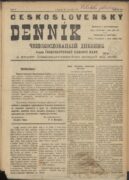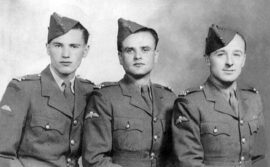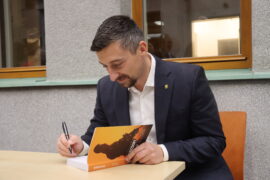
09 Austro-Hungarian Dragoon Helmet with Steel Protectve Shield, 1915
Fotogalerie

At the beginning of the 20th century, the Austro-Hungarian monarchy was using only the protective helmet for dragoons. The shape, which was modified in 1905, was based on the type introduced in 1850. It was made of a black-painted iron sheet with brass fittings, which differed according to rank. Overall, the helmet was a rather traditional headwear with significant unmasking effects. For this reason, at the beginning of the war, the helmets began to be fitted with grey-green waxed canvas covers, or outright coatings in the same cover paint. While the treatment greatly reduced the distance from which the dragoon could be seen, it did not improve the protective properties.
In 1915, the dragoon helmet became the basis of improvised head protection when a steel protective cover was added. The plate was made of 4 mm thick sheet metal and according to tests, it could withstand a rifle shot at 100 m. The manufacturer was probably the Böhler brothers’ factory in Kapfenberg. The crest and brass insignia were removed from the original dragoon helmet. The helmet was subsequently fitted with a steel cover attached to the rosettes of the scaly chin guard. The helmet modified in this manner was worn in reverse, i.e. with the original faceplate at the rear. However, this simple and inexpensive solution did not have the expected effect and it was necessary to take a different route in the development of suitable head protection.
Aktuálně

Československý deník sehrál v životě legionářů v Rusku velmi důležitou roli. Poprvé vyšel v prosinci 1917

Děkujeme za podporu pro válečné veterány. Sbírka DiGiMÁK vynesla 450 tisíc korun

Tak trochu zamrzlé spojení

Válečný veterán Petr Matouš pokřtil v Armádním muzeu Žižkov svou knihu. Patronkou je i ministryně obrany Jana Černochová








